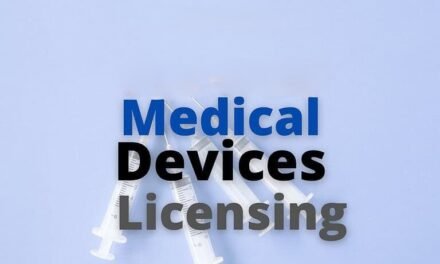
How do you test the performance of complex Medical devices?

Testing the performance of complex medical devices is crucial to ensure they meet all functional, safety, and regulatory requirements. The process involves a series of comprehensive tests designed to validate that the device performs as intended under various conditions. Here’s an overview of the typical steps involved in testing complex medical devices:
1. Development of Test Plans
- Test Criteria and Protocols: Develop detailed test plans that outline the criteria and protocols for each test. These plans are based on the device’s intended use, regulatory requirements, and industry standards.
- Design Validation: Ensure that the test plans cover all aspects of the device’s design specifications and user requirements.
2. Preclinical Testing
- Bench Testing: Conduct laboratory tests to check the device’s physical and mechanical properties, durability, and functionality. This might include stress tests, fatigue tests, and electrical safety tests.
- Software Testing: If the device includes software or firmware, perform thorough software validation tests, including unit testing, integration testing, system testing, and usability testing.
- Simulation and Modeling: Use computer simulations to predict how the device will behave under various conditions, which can be especially useful for predicting stresses and fluid dynamics.
3. Biocompatibility Testing
- Material Safety: Conduct biocompatibility tests to ensure that the materials used in the device do not produce any adverse biological responses when in contact with the body, following standards such as ISO 10993.
4. Animal Studies
- In Vivo Testing: For some devices, particularly implants and invasive tools, in vivo testing in animals may be required to observe how the device interacts within a living organism over time.
5. Clinical Trials
- Regulatory Approval: Before proceeding to clinical trials involving human subjects, obtain necessary approvals from regulatory bodies such as the FDA or EMA.
- Pilot Studies: Conduct initial small-scale clinical trials to assess safety and basic functionality.
- Pivotal Trials: Carry out larger, more comprehensive clinical trials to thoroughly evaluate the device’s effectiveness and safety, and to support regulatory submissions for market approval.
6. Performance Testing
- Functional Tests: Perform functional tests to verify that the device operates as intended under various conditions of use.
- Environmental Testing: Test the device under different environmental conditions it may encounter during transport, storage, and use (such as temperature, humidity, and vibration).
- Electromagnetic Compatibility (EMC): Test for EMC to ensure that the device can operate without interfering with other electronic equipment and vice versa.
7. Reliability and Life Cycle Testing
- Accelerated Life Testing: Conduct accelerated aging and life cycle testing to predict the device’s lifespan and how it will hold up under normal use conditions.
- Failure Mode and Effects Analysis (FMEA): Use FMEA and other risk assessment tools to identify potential failure modes and their impacts on device performance.
8. Usability Testing
- Human Factors Testing: Conduct human factors testing to ensure that the device is easy to use for its intended operators, minimizing the risk of use errors and harm.
9. Post-Market Surveillance
- Ongoing Monitoring: After the device is on the market, continue to monitor its performance through post-market surveillance programs to catch any issues that did not appear during pre-market testing.
10. Documentation and Reporting
- Record-Keeping: Maintain detailed records of all test results, including conditions, outcomes, and how the results compare to the requirements.
- Regulatory Submissions: Prepare and submit detailed reports of testing outcomes to regulatory bodies as part of the approval process.
This rigorous testing regime ensures that complex medical devices are safe, effective, and ready for clinical use, adhering to the highest standards of quality and regulatory compliance.




























